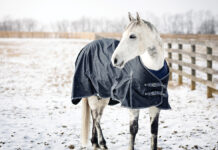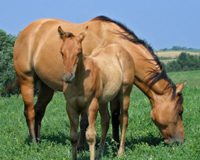 Most healthy horses can survive winter with just their own fuzzy coat. However, when cold, snowy, windy or wet weather sets in, a blanket offers a little extra protection for horses that need it. If your horse is elderly, has a hard time keeping weight on, or doesn’t grow a thick coat, this horse blanketing guide will help him in the winter weather. If your horse is body clipped, blanketing is a must.
Most healthy horses can survive winter with just their own fuzzy coat. However, when cold, snowy, windy or wet weather sets in, a blanket offers a little extra protection for horses that need it. If your horse is elderly, has a hard time keeping weight on, or doesn’t grow a thick coat, this horse blanketing guide will help him in the winter weather. If your horse is body clipped, blanketing is a must.
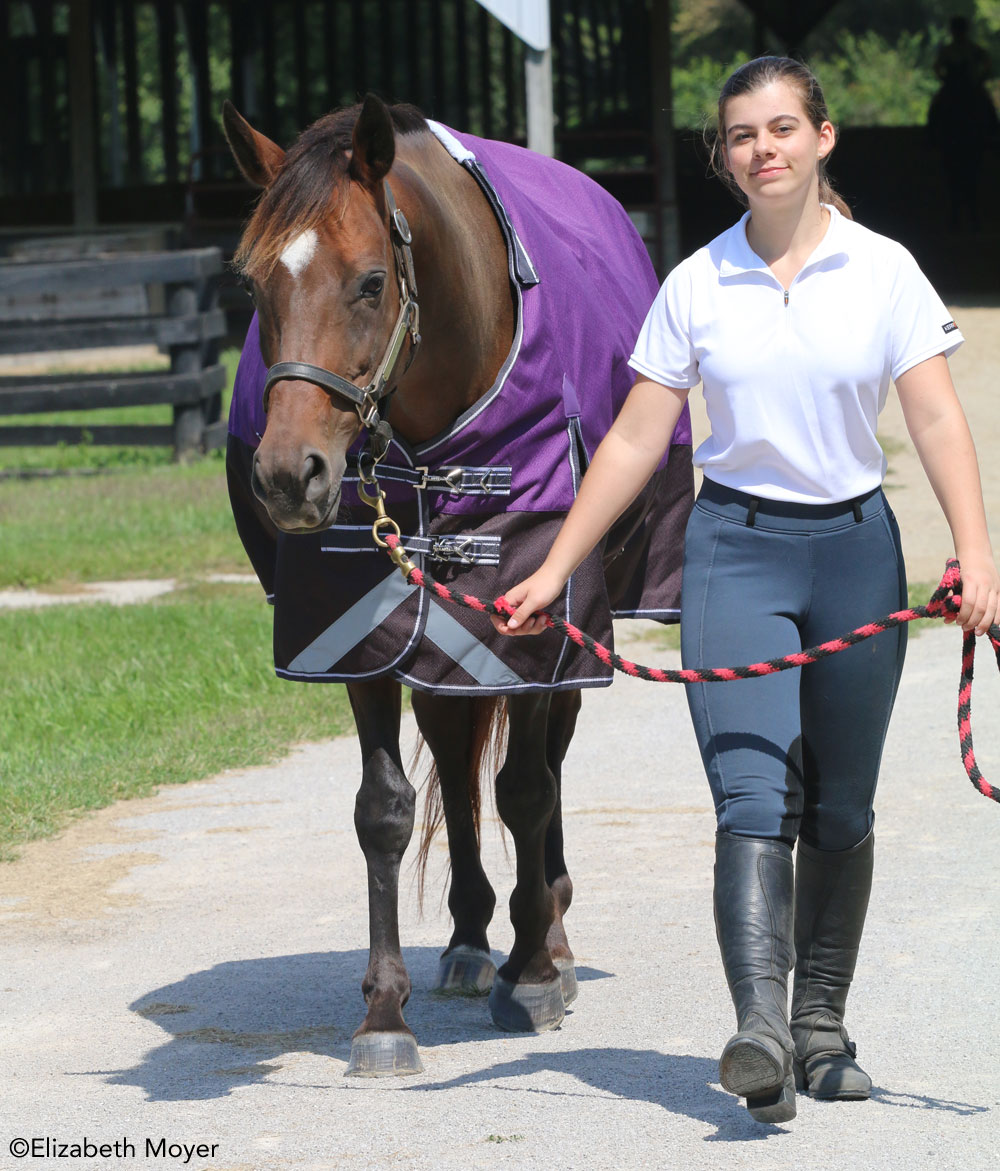
How to Choose a Blanket
Your horse’s blanket needs depend on the weather, how much of a winter coat he has, and some lifestyle factors.
Turnout blankets are durable and weatherproof. They are designed to fit securely allow free movement for horses running and playing out in the pasture. Stable blankets are not waterproof and are meant to be worn inside a barn.
Blankets come in different levels of warmth:
- Lightweight/Sheet—Like a windbreaker, a sheet offers protection from wind and rain.
- Medium Weight—Provides a moderate level of warmth when temperatures get below 45 degrees.
- Heavyweight—Extra warmth for extremely cold temperatures.
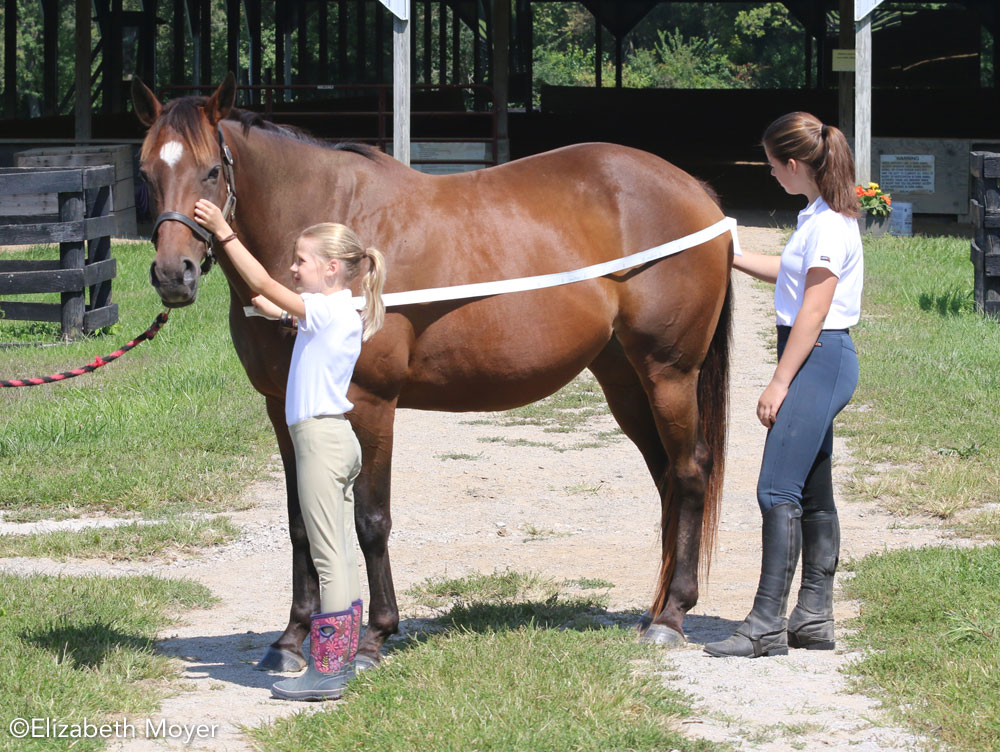
How to Measure for a Blanket
Blanket sizes are based on the horse’s side measurement from chest to tail. Here’s how to measure:
- Stand your horse square on level ground.
- Grab a soft cloth measuring tape, and a friend to lend a helping hand.
- Run the measuring tape from the center of your horse’s chest, across the side of his body to the edge of his tail. Be sure to position the tape over the widest part of his shoulder and hip.
- The measurement in inches is your horse’s blanket size. If your horse is in between sizes, round up to the next size.
How to Take a Blanket On & Off
On:
- Fold the blanket in half, tail flap to withers, so it’s a more manageable size.
- Place the blanket on your horse’s withers, just slightly ahead of where it should sit so that it will slide into place with the direction the hair grows.
- Unfold it to cover his hindquarters.
- Fasten the straps in this order: front buckles, belly straps, then leg straps and tail cord if it has one.
OFF:
Reverse the order and unfasten the tail cord, leg straps, belly straps and front buckles.
How to Fit a Blanket
It’s important that your horse’s blanket fits just right. A badly fitting blanket can cause rub marks and sores. A blanket that’s too big is dangerous because your horse could step on it or get tangled up in it.
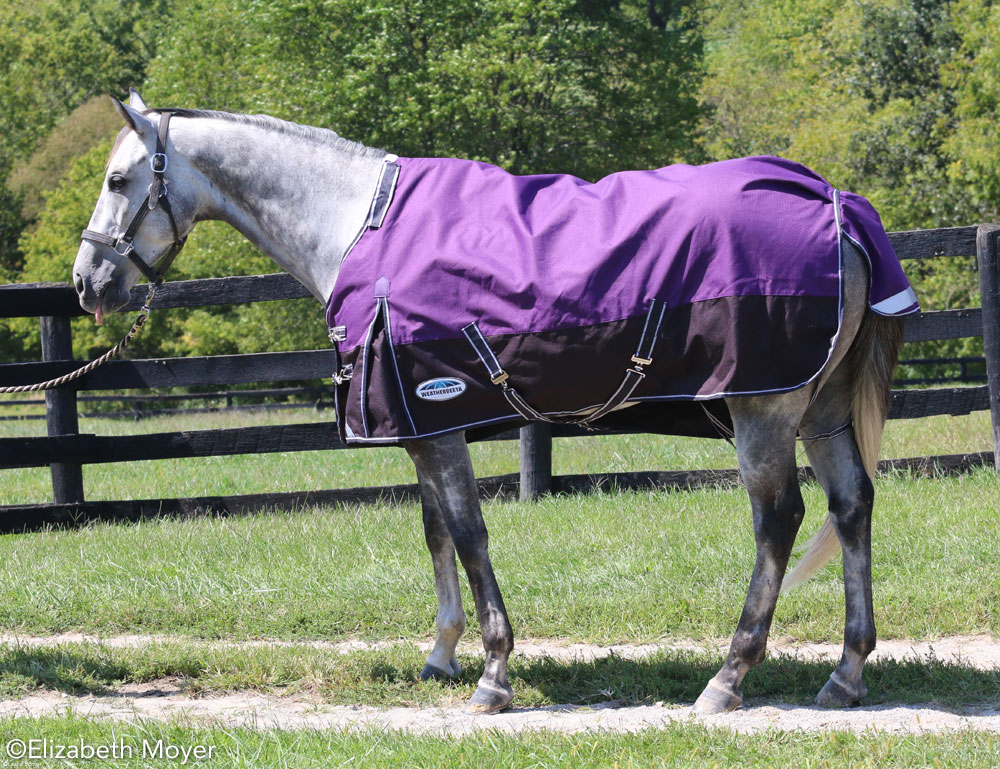
Length: The blanket should extend to the tail or slightly beyond and cover the sides of your horse’s haunches completely. It should hang evenly at the front and back. Make sure it covers the sides of your horse’s belly but doesn’t hang so low that it interferes with his leg movement.
Neck: Fasten the front of the blanket; it should cover your horse’s chest and fit smoothly at the neck without gaping. Make sure you can slide a hand comfortably inside the neck of the blanket. Check to see if it is pressing on the withers or pulling tightly across the shoulders. The blanket should fit just in front of the withers, not on top of the withers or behind them.
Also check the fit while your horse’s puts his head is down in a grazing position, and while he is walking.
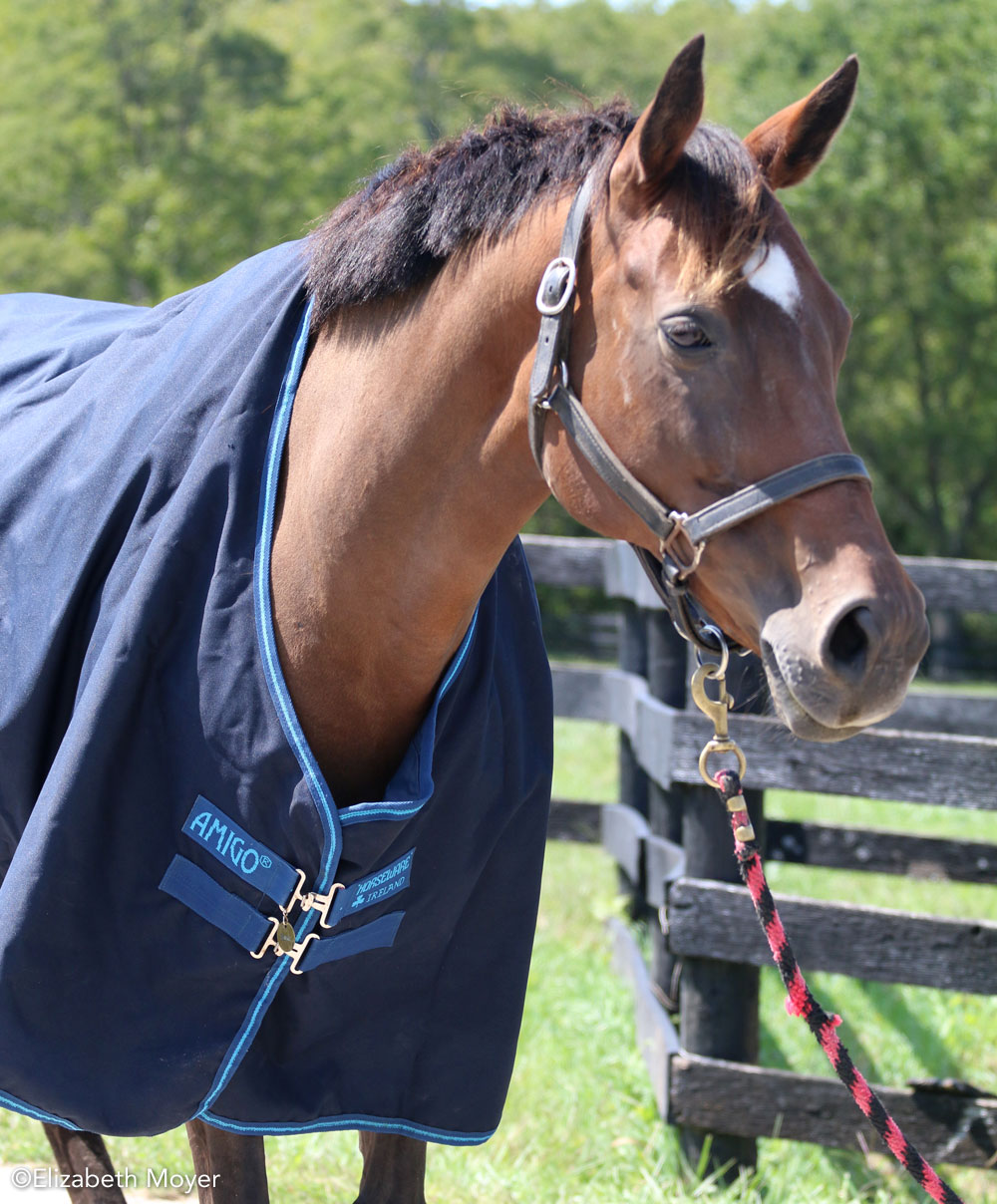
Straps: Adjust the straps to fit a hand’s width (4 to 5 inches). If the straps are too loose, they won’t hold the blanket in place properly, and your horse could get a leg caught through a loosely dangling strap. Too tight and they’ll rub.
Most belly straps are designed to be crossed, but it depends on the style of blanket.
Leg straps help keep the blanket from shifting side to side. For an extra secure fit, loop one strap through the other.
How to Clean Your Horse’s Blanket
Most blankets can be given a simple cleaning at the barn by hosing them off and scrubbing with a brush. If a blanket is especially dirty or smelly, you can also use mild detergent or a specialty blanket wash. Fill a bucket with suds, then scrub and rinse thoroughly. Hang the blanket over a fence and allow it to air dry.
Avoid harsh detergents and very hot water, as these can damage a blanket’s waterproofing. Never put a blanket in the dryer either. It’s smart to follow the manufacturer’s care instructions.
At the end of the season, blankets should be cleaned and stored so they’ll be ready for next winter. Store your blankets in a bag or bin where they won’t get dusty or damaged by mice.
Your Blanket Routine
If you plan to blanket your horse in the winter, it’s important to keep up with it. You just can’t put a blanket on a horse and then forget about him. You’ll have to check on him every day to make sure the blanket hasn’t slipped.
You’ll also need to keep a close eye on the weather and take your horse’s blanket on and off, or switch between lighter and heavier blankets, to keep him comfortable as the temperature changes.
Remember to look underneath the blanket to make sure it’s not rubbing him on the shoulders or in the wither area. Also look for signs of fungus or skin problems that can develop under a blanket.
Special thanks to Emma and Caroline Blitch for helping to demonstrate fitting a blanket.
This article originally appeared in the November/December 2017 issue of Young Rider magazine. Click here to subscribe!



